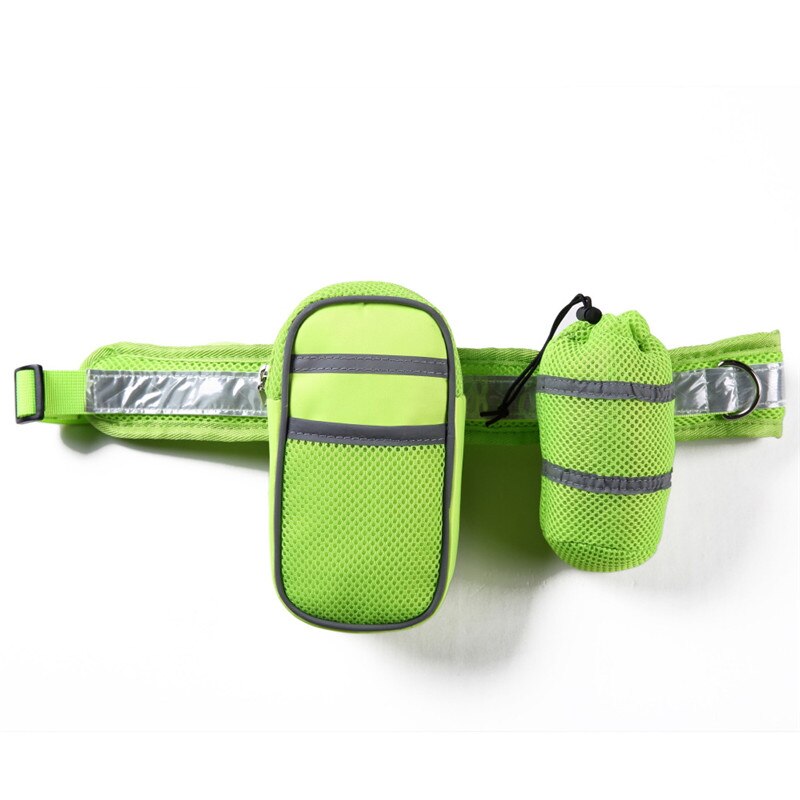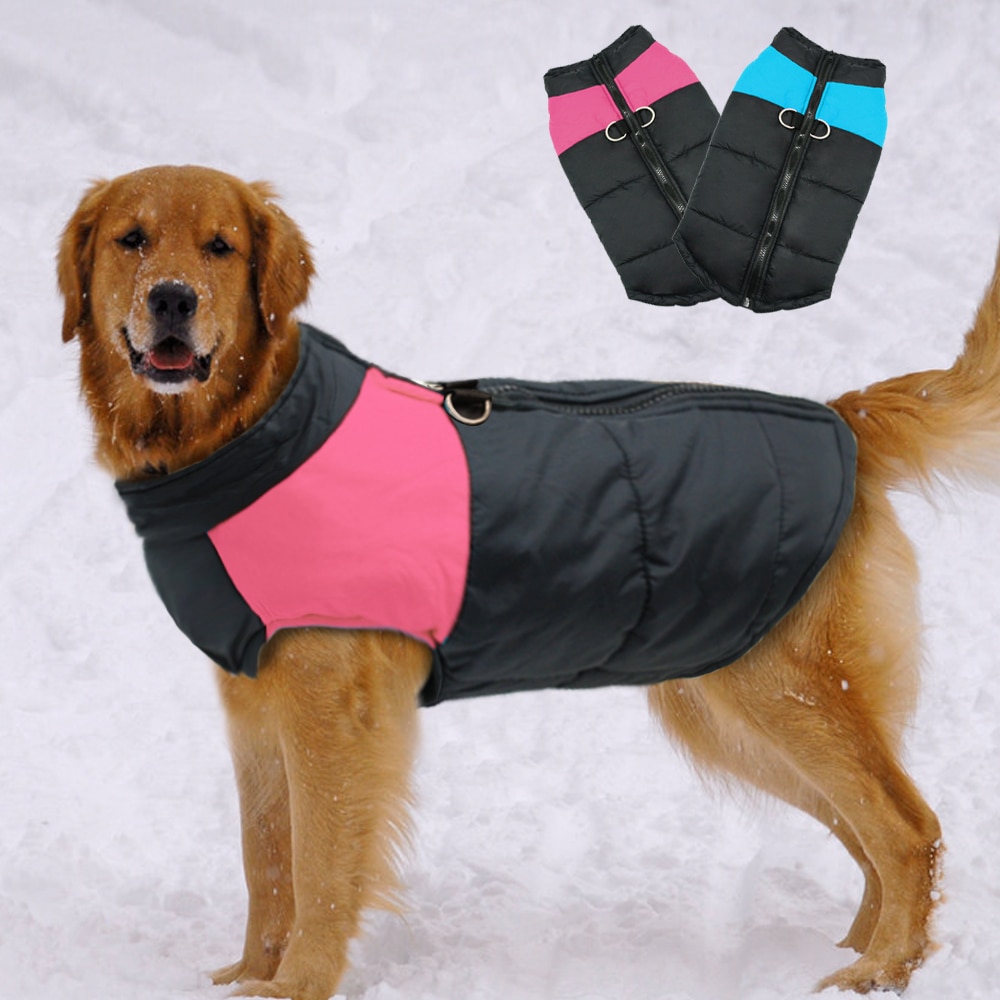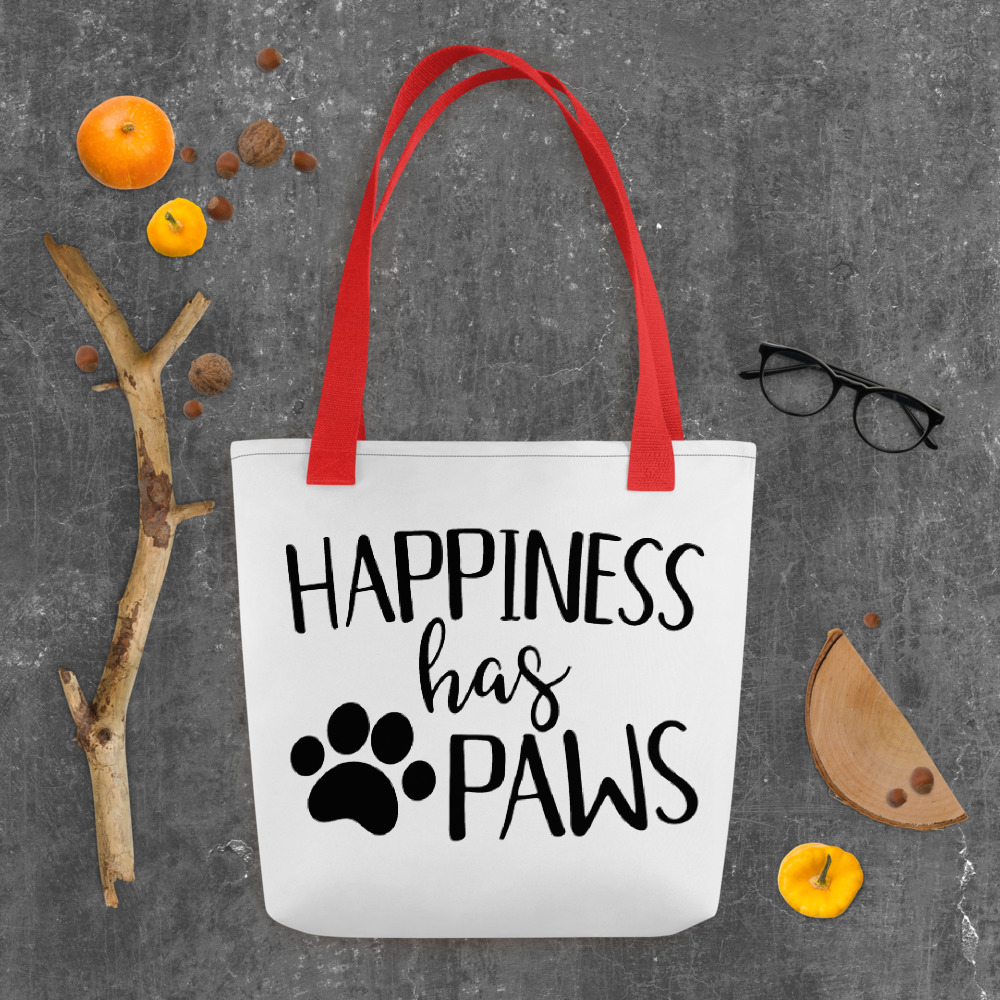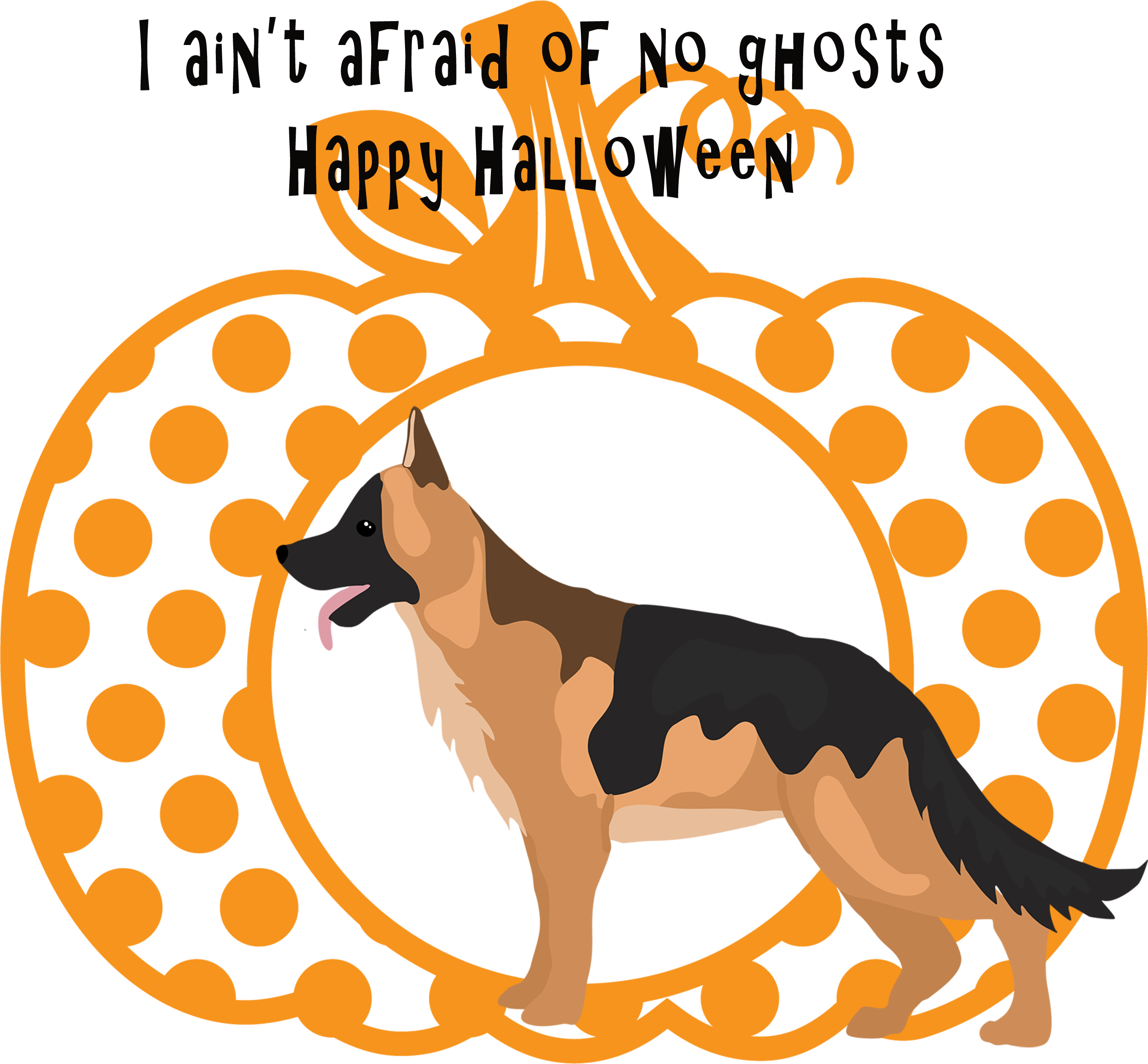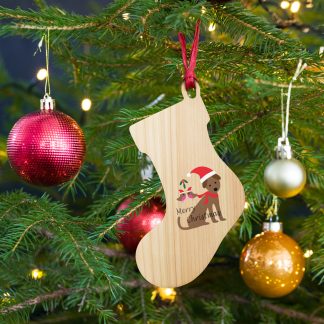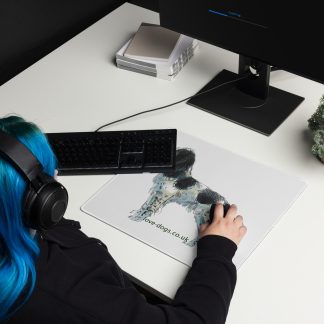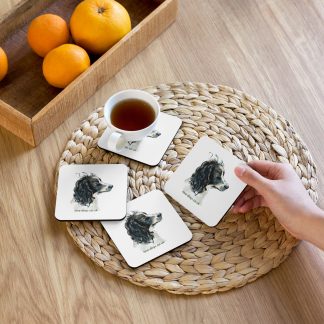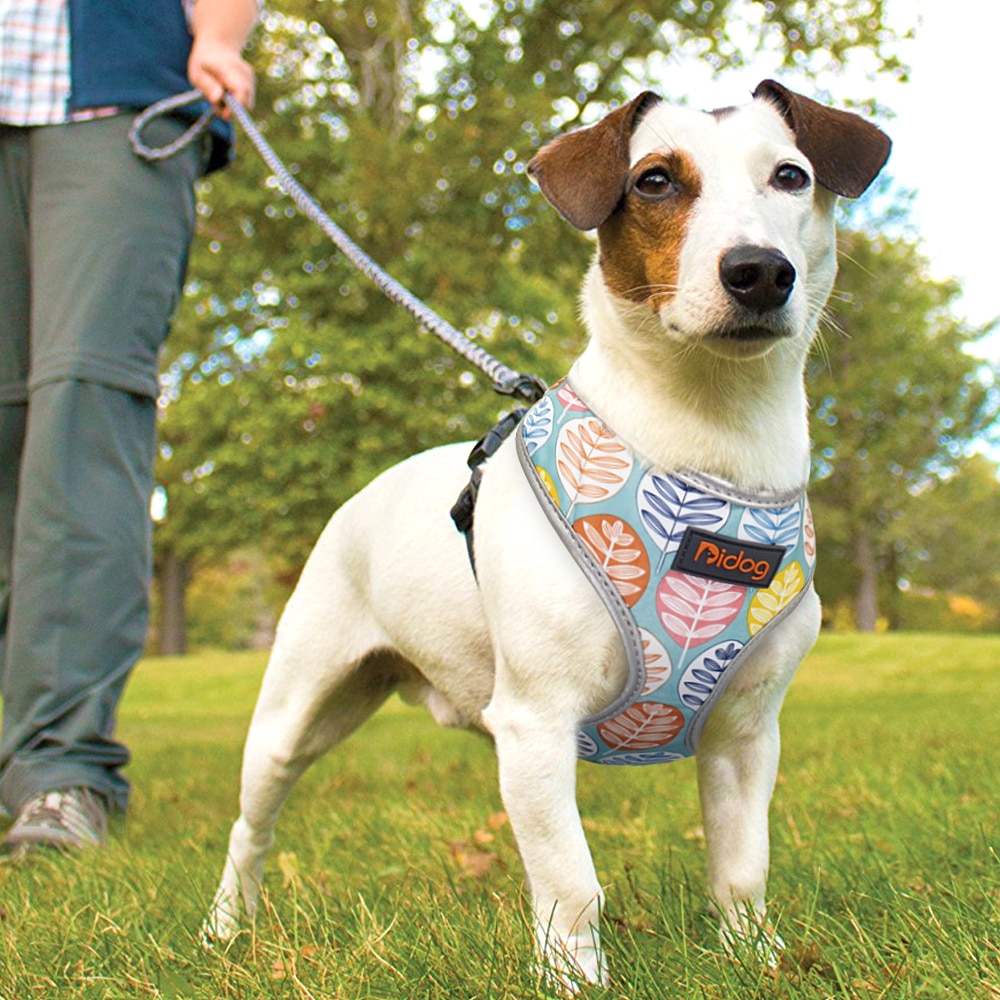
In order to be considered properly trained, there are some basic commands that he or she must master. Understanding these basic commands is vital to the well being of the dog, the owner and the family.
Learning just a few basic commands can go a long way toward creating a dog that is a joy to be around. Everyone has seen examples of both well trained and poorly trained dogs, and few people would opt for the poorly trained varieties. Training a dog properly the first time is especially vital for owners of dog breeds that have been bred for their aggressiveness, such as pit bulls, Doberman pinchers and German shepherds.
In addition, proper training is important for families with young children. Young children can torment dogs and cause biting reactions, so it is important that the dog learn how to deal with these types of situations.
The basic obedience commands that every dog must know are – “Heel”, “No”, “Sit”, “Stay”, “Down” and “Off”. These six commands form the basis of every basic obedience class and it is vital that you and your dog master these basic commands. These are the fundamentals and it will be impossible to move onto other commands, or to correct problem behaviors, without having mastered the basics.
Heel
Let’s start with the most basic command of all, the heel command. Teaching a dog to heel is the fundamental first step in teaching the dog to walk properly on the lead. The proper place for the dog to walk is at your side, neither lagging behind nor straining to get ahead.
If your dog begins to forge ahead on the lead, gently tug on the lead. This will cause the training collar to tighten and give the dog a gentle reminder to fall back into line. If the dog begins to lag behind, gently urge him forward. A lure or toy is a good tool for the dog that constantly lags behind.
Once the dog is consistently walking at your side, try changing your pace and encouraging the dog to match his pace with yours. It should always be the dog who adjusts his pace to you; you should never adjust your pace to meet the needs of the dog.
The word “No”
The word no is an important one for your dog to learn, and one you may be using a lot as training begins. It is important that the dog learn to respond to a sharp “No” promptly and obediently.
The “Sit” command
The sit command is another vital link in the chain that is dog training. Teaching a dog to sit on command, using voice commands alone, will form the groundwork of much future training, so it is important for the dog to master this vital skill.
The sit command can be combined with the heel command. As you walk alongside your dog, stop abruptly. If your dog does not stop when you do, give a sharp tug on the leash to remind the dog. Many dogs will instinctively stop when you do, while others need to be reminded through the use of the lead and the training collar.
Once the dog has stopped by your side, urge him to sit by pushing gently on his hindquarters. It is important not to use too much pressure, or to push him down abruptly. Doing so could frighten, or even injure the dog. Rather, apply a steady downward pressure. Most dogs will recognize this as a sit command. It is important to say the word sit as you do this.
Repeat this procedure a few times by walking, stopping and sitting your dog. After a few repetitions, the dog will probably begin to sit down on his own every time he stops. It is important to say the word sit each time, so that the dog will eventually learn to respond to voice commands alone.
The “Stay” command
Like the sit command, the stay command is a vital building block to other, more advanced training. For instance, the stay command is vital to teaching the dog to come when called, which is in turn vital to off leash work.
The stay command can be made into an extension of the sit command. Have your dog sit and while he is sitting, slowly back away. If the dog begins to follow you, as he probably will it first, come back to the dog and ask him to sit again. Repeat the process until you can reach the end of the lead without your dog getting up from a sitting position.
After the dog is reliably staying where you indicate, you can try dropping the lead and backing further away. It will probably take the dog some time to reliably stay where he is put without becoming distracted.
The “Down” command
The down command is another important part of any basic obedience training program. Teaching a dog to lie down on command is much more than an entertaining trick. The down command is very important in regaining control of a dog, or stopping a dog who is engaged in an inappropriate behavior.
The “Off” command
The off command is just as vital to as the other commands and it forms the basis for later training, especially when training the dog not to chase people, cars, bikes, cats, etc.
For instance, when training a dog to remain still when a bicycle goes by, the owner would stand with the dog calmly on the lead. If the dog begins to strain against the lead, the owner sharply issues an “Off” command accompanied by a tug of the lead. Eventually the dog will learn to respond to the voice command alone.


